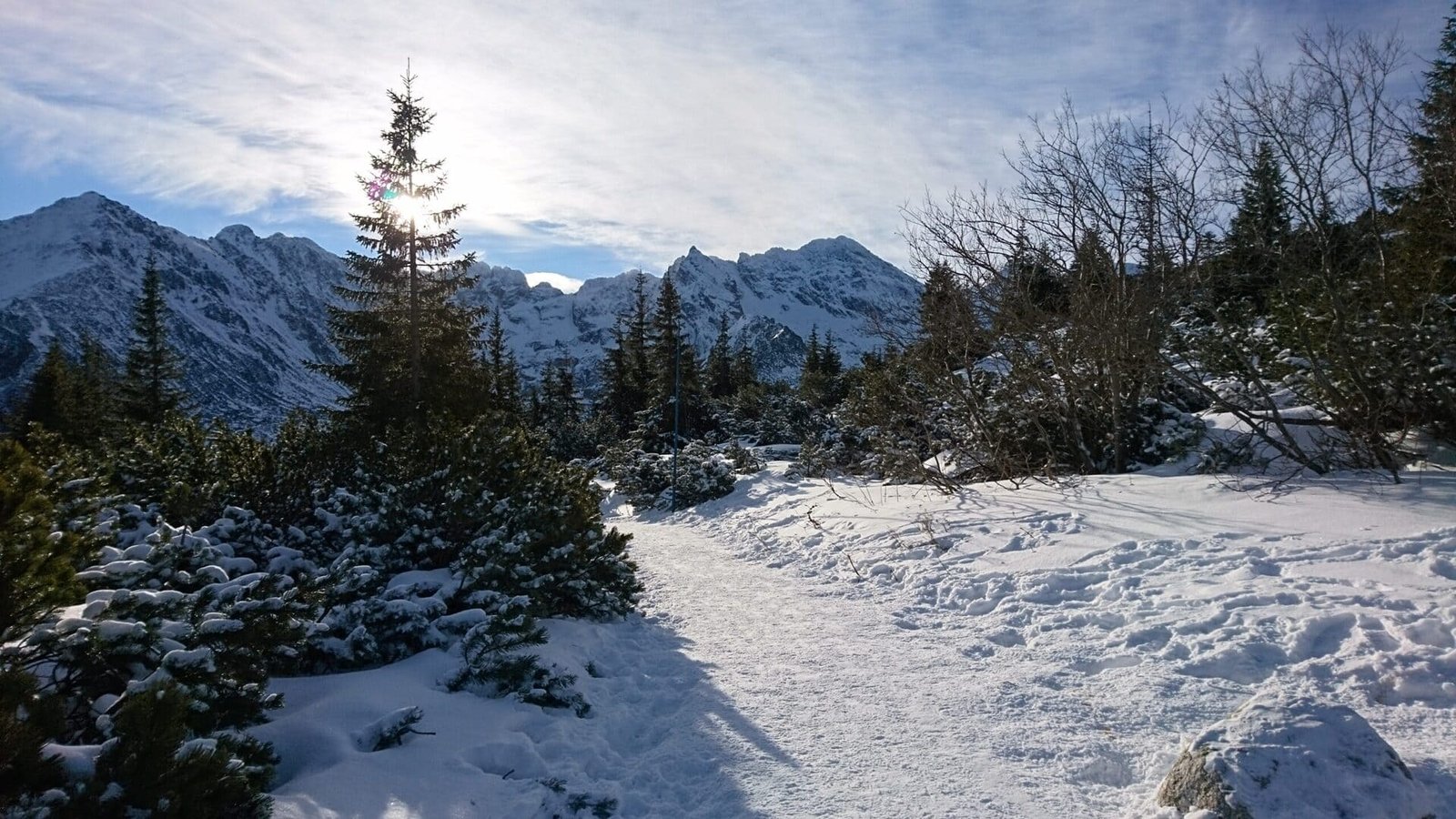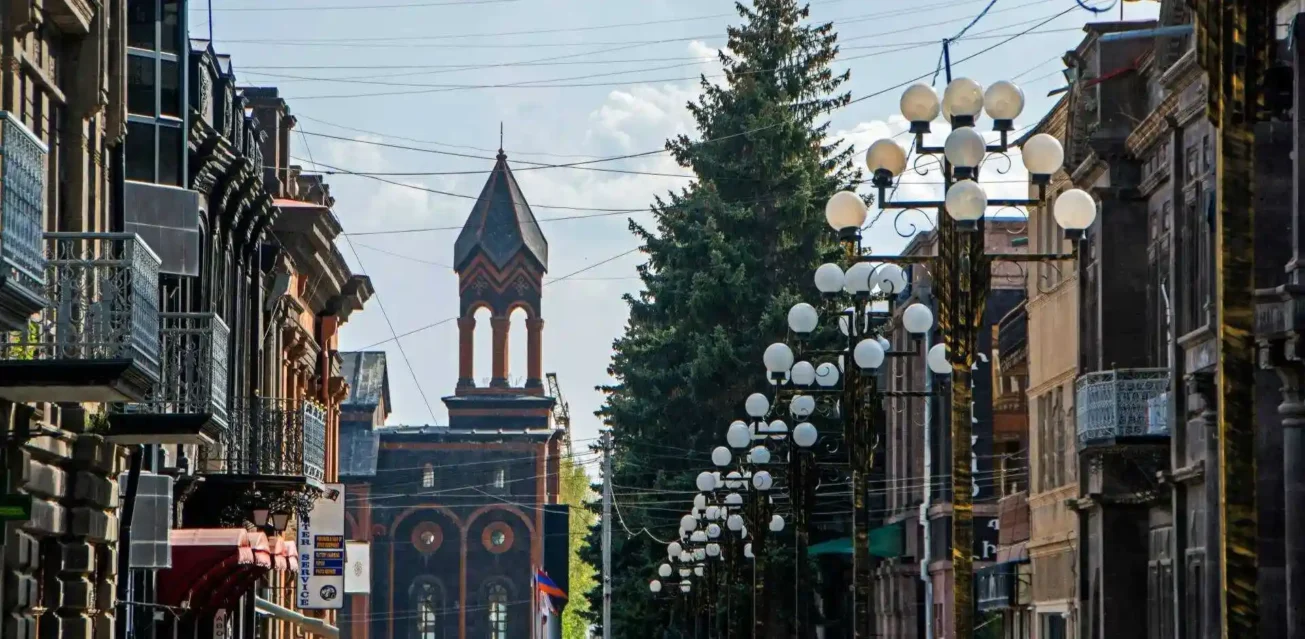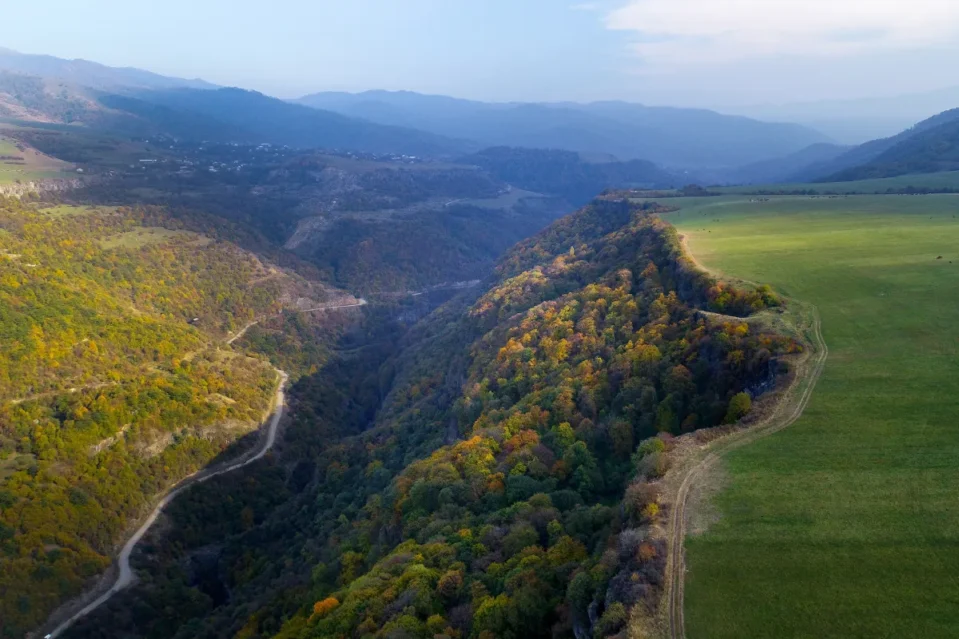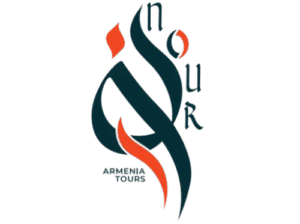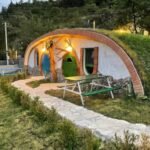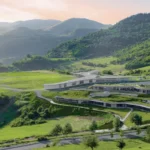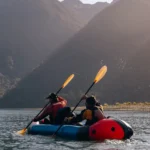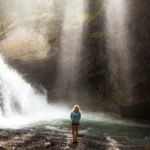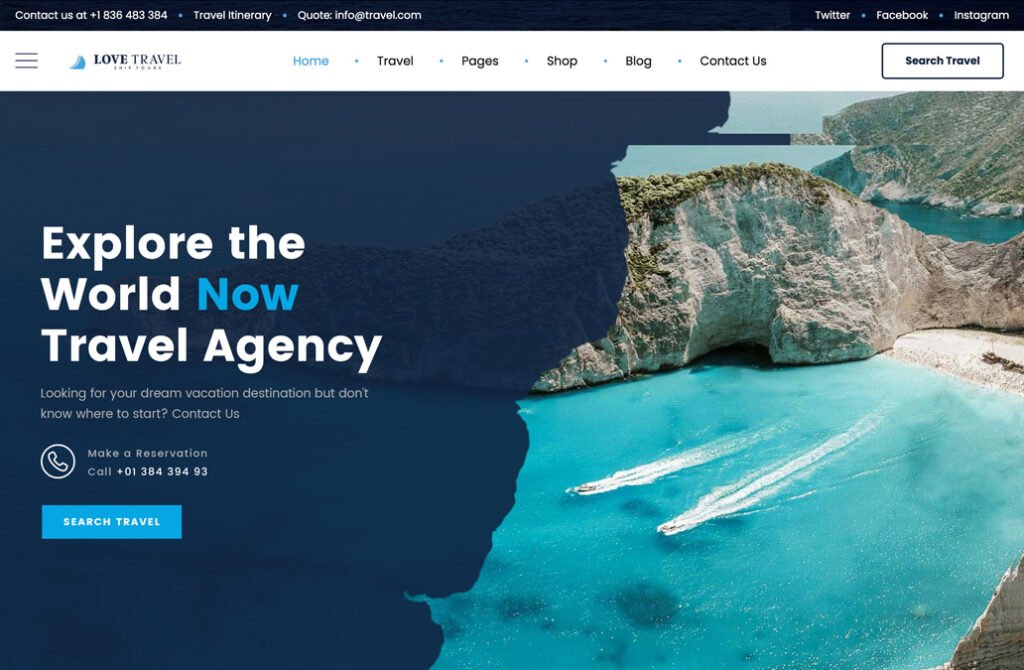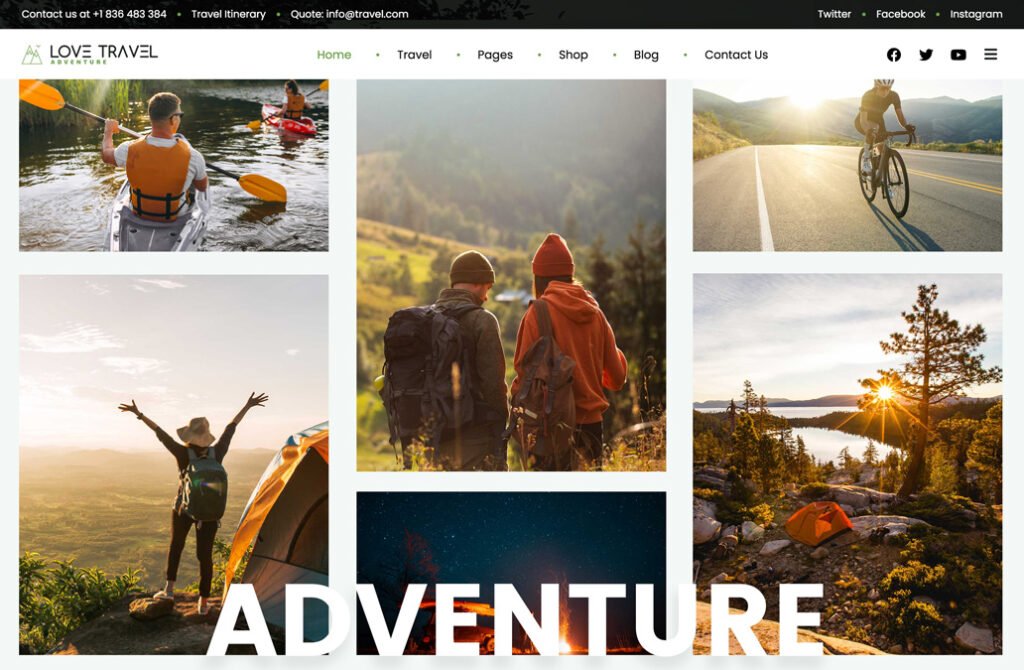Last month, I watched a group of tourists rush through Geghard Monastery, snapping photos for exactly 15 minutes before their guide herded them back to the bus. They missed the monk who was happy to explain the ancient khachkars, the hidden chapel carved directly into the rock, and the incredible acoustics that make even whispers sound magical.
That’s when it hit me—most people experience Armenia the wrong way. They follow identical itineraries, see the same five spots, and leave thinking they’ve “done” Armenia. But this country has way too much personality for cookie-cutter tours.


Why Standard Tours Miss the Point
Walk through any Yerevan travel agency, and you’ll see the same brochures: Yerevan → Lake Sevan → Geghard → Garni → maybe Tatev if you’re lucky. These tours aren’t bad, but they’re like eating at chain restaurants when you’re visiting a city famous for its local cuisine.
Armenia has over 4,000 historical sites. Most tour groups visit maybe eight of them. Do the math.
The real Armenia happens in village homes where three generations still live together. It’s in tiny wineries where the owner’s grandmother taught him everything he knows. It’s hiking trails that don’t appear on any map but lead to views that’ll make you forget to check your phone.
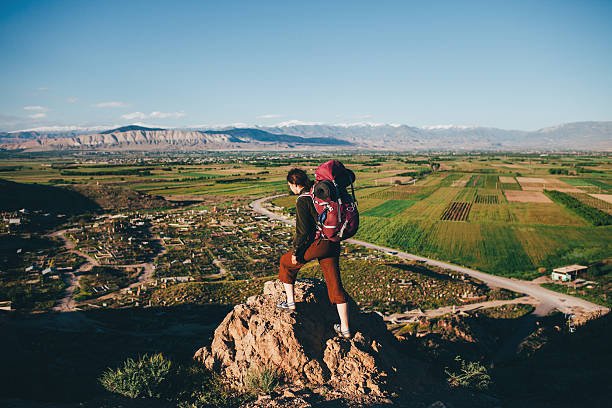

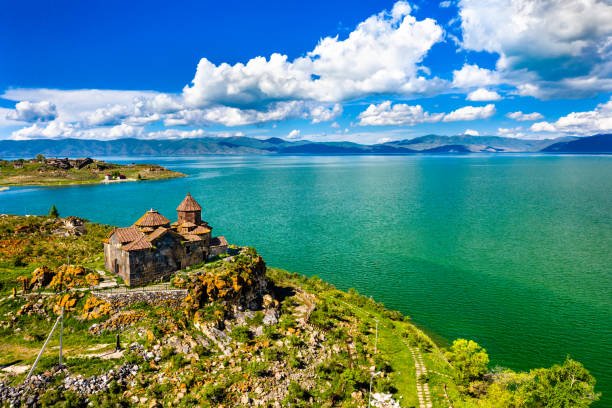

Step 1: Figure Out What Actually Interests You
Before you start Googling “best Armenia itinerary,” sit down and think about your last few trips. What parts did you love? What parts felt like obligations?
Some people get genuinely excited about 7th-century architecture and can spend hours examining stone carvings. Others would rather learn to make lavash bread or go paragliding. Neither approach is wrong, but your tour should match your interests, not some generic “must-see” list.
I know someone who spent three days in Dilijan just hiking and reading by the lake. Another friend dedicated her entire week to visiting wineries and learning about Armenia’s 6,000-year wine history. Both had incredible trips that were nothing like what you’d find in a guidebook.
Step 2: Decide How You Want to Travel
Fast-paced or slow? Luxury or authentic? Solo or with others? These aren’t just preferences—they completely change what your trip should look like.
If you’re someone who likes seeing new places every day, Armenia’s small size works in your favor. You can base yourself in Yerevan and do day trips to different regions. But if you prefer really getting to know a place, consider spending several nights in different areas.
Mountain roads here are gorgeous but curvy. Factor that in if you get carsick easily or if you’re traveling with kids.
Step 3: Pick Your Season Carefully
Armenia looks completely different depending on when you visit, and each season offers a unique experience.
Spring (April-May) brings wildflowers and perfect hiking weather, but some high-altitude sites might still have snow.
Summer (June-August) means festivals, long days, and all attractions open, but it’s also peak season with higher prices and crowds.
Fall (September-November) offers harvest season experiences and beautiful colors, especially in wine regions.
Winter (December-March) means fewer tourists, snow-covered monasteries that look like fairy tales, and skiing opportunities, but some mountain roads close.
The Real Armenia: Beyond Tourist Traps
Yerevan: Deeper Than Republic Square
Everyone visits Republic Square and the Cascade. Fine. But Yerevan’s real personality lives in neighborhoods like Kond, where old houses lean against each other like old friends sharing secrets.
The city has incredible street art that tells modern Armenia’s story better than any museum. Weekend flea markets sell everything from Soviet-era cameras to hand-knitted sweaters. Jazz clubs stay open until 3 AM, filled with locals who’ve been friends since childhood.
If you want to understand Armenian hospitality, skip the restaurant recommendations and ask a local family to teach you to make dolma. Most will say yes, especially if you offer to bring wine.
Lake Sevan: More Than Instagram Photos
Lake Sevan shows up in every Armenia photo gallery, usually the same shot of the peninsula with mountains in the background. But the lake is huge—bigger than some European countries—with dozens of different personalities depending where you visit.
The north shore stays cooler in summer and offers better hiking. The south shore has warmer water and fewer crowds. Local guesthouses serve fresh fish caught that morning, prepared the way families have cooked it for generations.
In winter, parts freeze over, creating landscapes that look more like Siberia than the Middle East.
Dilijan: Armenia’s Secret Escape
They call Dilijan “Little Switzerland,” which undersells it. Switzerland wishes it had Dilijan’s forests, where you can hike for hours without seeing another person.
This is where wealthy Armenians send their kids to summer camp, where artists come to create, where city folks escape when Yerevan gets too hot. The whole town feels like stepping into a different century, but in a good way.
Local artisans still make traditional crafts the old way. You can watch carpet weavers work on pieces that take months to complete, or learn pottery from masters who learned from their grandfathers.
Wine Country: Beyond Tourist Tastings
Armenia might have invented wine. Seriously—they found a 6,100-year-old winery in a cave near Areni. Modern Armenian wine is having a renaissance, with small producers creating bottles that rival anything from Europe.
But the real experience isn’t just tasting wine—it’s understanding how grape growing survived Soviet collectivization, how families hid their vine cuttings during prohibition, how young winemakers are rediscovering ancient varieties their great-grandparents grew.
Harvest season (September-October) lets you pick grapes, stomp them the traditional way, and drink wine that’s still fermenting. Some wineries let you blend your own bottle to take home.
Activities That Actually Matter
Real Cultural Experiences
Forget folklore shows for tourists. Real Armenian culture happens at family celebrations, village festivals, and church ceremonies where three generations dance together to live music.
Sunday dinners with Armenian families involve enough food for an army and conversations that last until midnight. Village festivals might feature carpet weaving competitions, traditional games, or cooking contests where everyone’s grandmother insists hers makes the best khorovats.
Some experiences you can’t plan—like stumbling onto a wedding celebration where strangers become family for the evening. But good local operators know families who welcome visitors and festivals worth timing your trip around.
Adventures Worth the Effort
Armenia’s landscapes change completely depending on elevation. Yerevan sits in a desert valley, but drive an hour and you’re in Alpine forests. Another hour brings you to volcanic peaks where snow lingers until July.
Paragliding over Yerevan gives you views of Mount Ararat that make every photo look like a postcard. Rock climbing in Noravank Canyon puts you on red cliffs that glow orange at sunset. Hiking Mount Aragats (Armenia’s highest peak) challenges serious hikers with altitude and weather that changes by the hour.
Winter skiing in Tsaghkadzor costs a fraction of European resorts but offers similar snow quality and far shorter lift lines.
Food That Tells Stories
Armenian cuisine reflects the country’s complicated history—Turkish influences, Persian spices, Russian techniques, all filtered through ingredients that grow in this specific climate.
Making lavash bread in a traditional tonir (underground oven) teaches you why UNESCO protected this technique. Foraging wild herbs with village guides shows you ingredients most restaurants never use. Learning dolma from grandmothers reveals family secrets passed down for generations.
Markets in Armenian villages operate on trust—vendors often leave produce unattended with price signs, expecting customers to leave correct change. These aren’t tourist attractions; they’re how people actually live.
Group vs. Private vs. Something In Between
Group Tours: Good for Some Things
Group tours work if you enjoy meeting people and don’t mind compromising on pace. They’re more affordable and can provide interesting perspectives from fellow travelers.
The downside? Groups move at the speed of the slowest member, stick rigidly to schedules, and often skip opportunities that pop up spontaneously.
Private Tours: Freedom Has a Price
Private tours let you change plans on the spot, spend extra time at places you love, and skip things that don’t interest you. Want to stay for sunset at Tatev? No problem. Feel like detouring to that village your driver mentioned? Easy.
The cost is higher, but the flexibility often makes it worthwhile, especially for families or travelers with specific interests.
Small Groups: Best Compromise
Some operators offer small group tours (4-8 people) with built-in flexibility. You get the social aspect and cost sharing of group travel but maintain some ability to customize.
If you’re still deciding between different tour styles and operators, check out our Ultimate Guide to Armenia Tour Packages: Top Operators & Itineraries for detailed comparisons of what’s available.
Working with Local Operators Who Actually Get It
Communication Matters More Than You Think
Good operators ask detailed questions about your interests, fitness level, and travel style. They want to know if you prefer museums or markets, whether you’re comfortable with mountain driving, if you have dietary restrictions.
Be specific about what excites you. Instead of saying “I like history,” mention whether you prefer ancient architecture, Soviet-era stories, or modern cultural movements. The more details you share, the better they can customize your experience.
Flexibility Should Be Built In, Not Added On
Weather changes, local events happen, opportunities arise. Your itinerary should accommodate these possibilities rather than treating them as problems.
Maybe that monastery you planned to visit is hosting a special ceremony, or a local festival coincides with your trip. Rigid schedules miss these gifts.
Local Connections Make the Difference
The best operators have relationships built over years—with families who welcome guests, artisans who share their skills, guides who know stories not found in any book.
At Nour Armenia Tours, we’ve learned that authentic experiences come through personal connections, not just professional arrangements. We know which families make the best hospitality experiences, which festivals are worth reshuffling your itinerary, and which local guides tell the best stories.
Budget Reality Check
What Actually Affects Costs
Accommodation choices matter more than most people realize. Luxury hotels in Yerevan cost international prices, while family guesthouses in villages offer authentic experiences at local prices.
Private transportation increases costs but provides schedule flexibility. Group transportation saves money but limits spontaneity.
Activities range from free (hiking, visiting most churches) to expensive (helicopter tours, private wine tastings with famous producers).
Smart Ways to Save Without Sacrificing Experience
Travel during shoulder seasons (May or October) for better weather than winter and lower prices than peak summer.
Mix accommodation types—maybe luxury in Yerevan but guesthouses in villages.
Combine some private experiences with group activities where it makes sense.
Where Higher Spending Creates Real Value
Some experiences justify premium pricing because they’re impossible to replicate:
Private access to normally closed historical sites offers perspectives impossible in crowds. Helicopter tours over Armenia’s diverse landscapes provide views no ground transportation can match. Multi-day hiking and camping adventures with experienced guides reach places day trips never see.
Intimate dinners with local families or renowned chefs create connections that last long after you return home.
Your Armenia, Your Way
Armenia rewards curiosity over efficiency, relationships over itineraries. This isn’t a country you “do”—it’s a place you experience, person by person, story by story.
Your trip should reflect what genuinely interests you, not what some travel blog claims you “must” see. Maybe you’ll spend three days learning traditional crafts in Dilijan. Maybe you’ll dedicate your entire visit to understanding Armenia’s wine renaissance. Maybe you’ll focus on Soviet history, or ancient architecture, or modern art scenes.
Working with operators who understand both Armenia’s possibilities and your interests makes the difference between a good trip and an unforgettable one. At a company like Nour Armenia Tours, we have spent years building relationships that create genuine experiences, not tourist traps.
Everyone can follow a standard itinerary and check off the same sites as thousands of other visitors. But when you customize your Armenia experience around your actual interests and curiosities, you create something that belongs only to you.
Your Armenia story is waiting. Make it worth telling.



